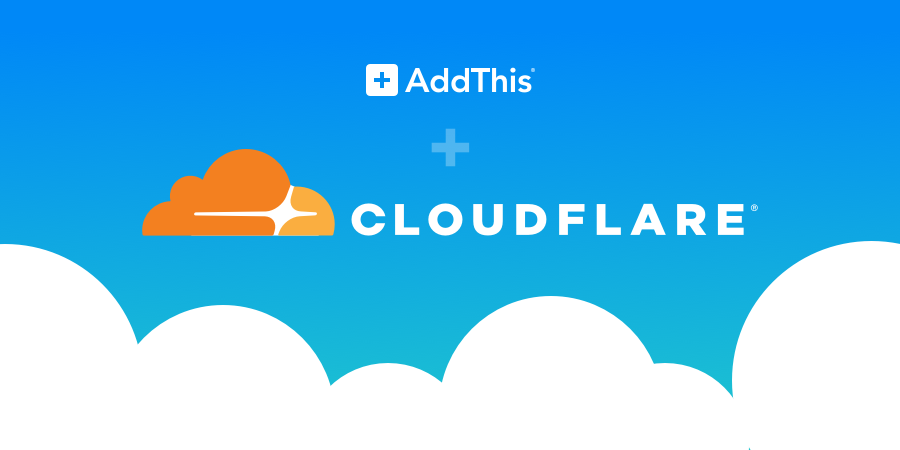Resin.io Says Containers Are a Perfect Management Platform for IoT
 The company says its platform can manage a container running AWS' Greengrass.
The company says its platform can manage a container running AWS' Greengrass.
On the ‘net: Three for the week
Because this is a short week, I’m going to combine three places I showed up on other sites recently.
I was also featured on the IT Origins series over at Gestalt IT.
Letter from Ethiopia: Can We Use Technology to Help Privacy Evolve?
I’m writing from Addis Ababa, where the African Union’s Specialist Technical Committee on ICT is having its biannual conference. I won’t report on that, as it’s still happening, but I can report that some of the hallway conversations have been both interesting and reassuring.
The topic of privacy came up over coffee, of course – and I was glad to hear that it is not only seen as a key issue for technology and governance, but it’s also seen as being closely interconnected with issues of cybersecurity. As readers of the Internet Society’s blogs will know, we think so too. You can’t have good privacy if you don’t have good security tools, and you can’t have good security in the absence of privacy.
As you would expect in a continent with all of Africa’s rich diversity, the cultural and social approaches to privacy can also vary widely, and people face exactly the same challenges as elsewhere, about how to translate them into workable technical and governance solutions. Today I will have a few minutes to set out some thoughts on that, in one of the afternoon sessions. I plan to suggest that we keep asking the “why?” question. Why Continue reading
BT’s Neil Sutton Views Global Scale, Security as Cloud Challenges
 BT recently signed a deal with AWS to bolster its "Cloud of Clouds'" strategy.
BT recently signed a deal with AWS to bolster its "Cloud of Clouds'" strategy.
Datanauts 111: NVMe And Its Network Impact
Today's Datanauts episode looks at how NVMe moves the storage bottleneck back to the network. What s that mean for distributed storage design? We discuss with guest J Metz. The post Datanauts 111: NVMe And Its Network Impact appeared first on Packet Pushers.HPE Server Sales Drop in Q4 Fiscal 2017
 Storage revenue was up 5 percent in the quarter, with all-flash arrays growing 16 percent.
Storage revenue was up 5 percent in the quarter, with all-flash arrays growing 16 percent.
Cumulus community: giving back and giving thanks
It’s that time of year when people start to get a little sentimental. The seasons change, the new year starts to hurriedly approach, and it makes you want to think about all of the things you’re grateful for. And like a contagious laugh, it looks like some of us here at Cumulus have caught those feelings. We’ve got a lot to give thanks for, so let’s take a moment to reflect on the year so far and all the bounty it’s brought us. Here are some of the things Cumulus Networks is thankful for:
Our company’s continued growth
It’s been an eventful year for Cumulus as we’ve continued to push the boundaries of web-scale networking. So when we receive recognition for our hard work and vision, it means the world to us. This July, we were incredibly grateful to be included in Gartner’s 2017 Magic Quadrant for Data Center Networking in the “visionary” category. Creating a culture of visionaries is incredibly important to us, and it’s great to hear that other people are catching on as well. But the celebration doesn’t stop there. In addition to being recognized for our vision, we were also honored for our innovation this year. Continue reading
EnterpriseWeb Uses Metadata for VNF Onboarding
 It provides a solution for everything that is replacing the OSS, said David Amzallag.
It provides a solution for everything that is replacing the OSS, said David Amzallag.
We need a more sustainable approach to Network Neutrality
Yesterday, Federal Communications Commission (FCC) Chair Ajit Pai announced that in the FCC’s upcoming December 14 meeting they will vote to remove the Title II classification of Internet service providers.
As we outlined in our Policy Brief on Network Neutrality, the core principles of choice and transparency are fundamental to a free and open Internet that benefits users around the world. Simply put, users should be able to access the Internet content and services they choose without corporate or government interference.
Now is not the time to give up on these goals. Regardless of the action the FCC takes in the coming weeks, the Internet Society will continue to fight alongside allies around the world for our fundamental goal – to ensure an open Internet, characterized by access, choice and transparency for all users around the world.
Thus, we believe that strong rules are still needed – merely focusing on transparency is not enough to protect users’ access to an Open Internet.
We hope that the U.S. government can take a more sustainable approach to net neutrality; one that upholds the principles that are rooted in the Internet Society’s core values of a global and open Internet. Between Continue reading
History Of Networking – Roland Dobbins – DDoS
In this episode of History of Networking on Network Collective, Roland Dobbins from Arbor Networks joins us to talk about his role in mitigating distributed denial of service (DDoS) attacks on the internet.
Outro Music:
Danger Storm Kevin MacLeod (incompetech.com)
Licensed under Creative Commons: By Attribution 3.0 License
http://creativecommons.org/licenses/by/3.0/
The post History Of Networking – Roland Dobbins – DDoS appeared first on Network Collective.
History Of Networking – Roland Dobbins – DDoS
In this episode of History of Networking on Network Collective, Roland Dobbins from Arbor Networks joins us to talk about his role in mitigating distributed denial of service (DDoS) attacks on the internet.
Outro Music:
Danger Storm Kevin MacLeod (incompetech.com)
Licensed under Creative Commons: By Attribution 3.0 License
http://creativecommons.org/licenses/by/3.0/
The post History Of Networking – Roland Dobbins – DDoS appeared first on Network Collective.
Releasing AddThis on Cloudflare Apps: Making Disciplined Product Design Decisions

This is a guest post by Emily Schwartz, Product Manager for the AddThis team at Oracle. With a background in digital media that has spanned across NPR, WaPo Labs, Trove, and others, Emily cares deeply about helping publishers leverage data and technology for success.
The Process of Paring Down
When our team learned about the opportunity to build an AddThis app on Cloudflare Apps, I was ready to pounce. Building for distribution platforms is a core part of our business and product strategy, and I knew AddThis could bring a lot to the table for Cloudflare users. With a media background in my pocket, I understand the necessity of making content easily and quickly distributable -- and I wanted to get our tools in front of new users so we could learn more about the critical needs of publishers, merchants, and website owners.
The decision to build was the easy part. What to build was the challenging part.
With time and resources tight, I knew building an app that offered our full suite of website tools wouldn’t be immediately feasible—or even make sense. Share buttons, follow buttons, related posts, list building, link promotion, and tip jar are all Continue reading

